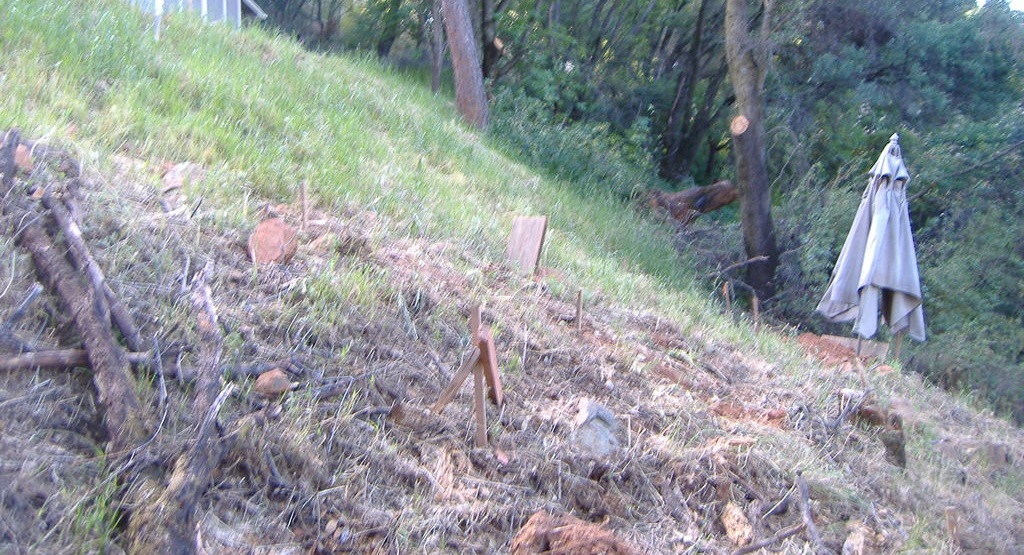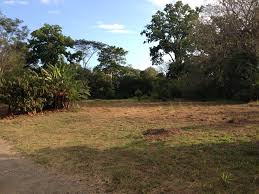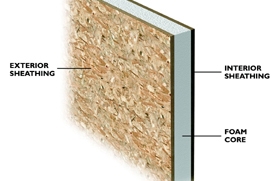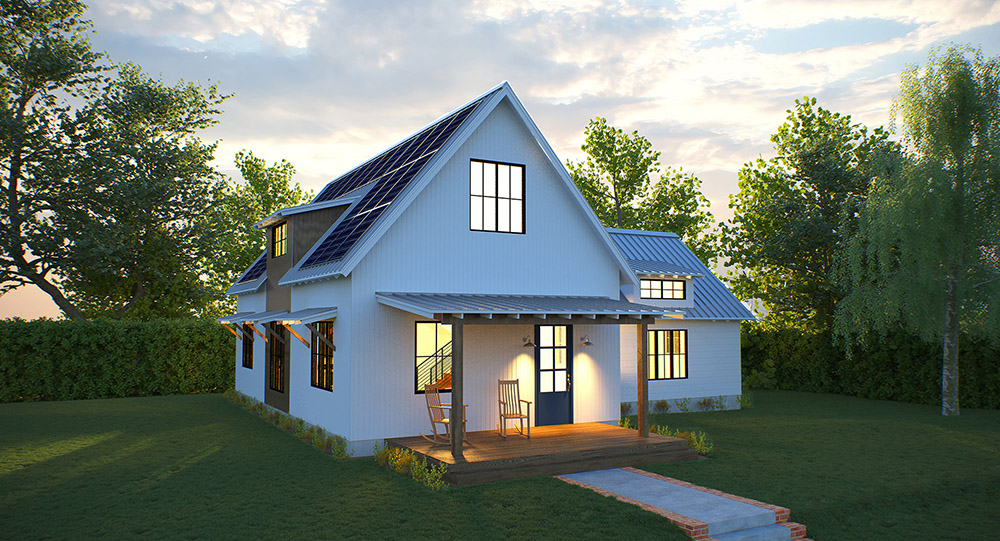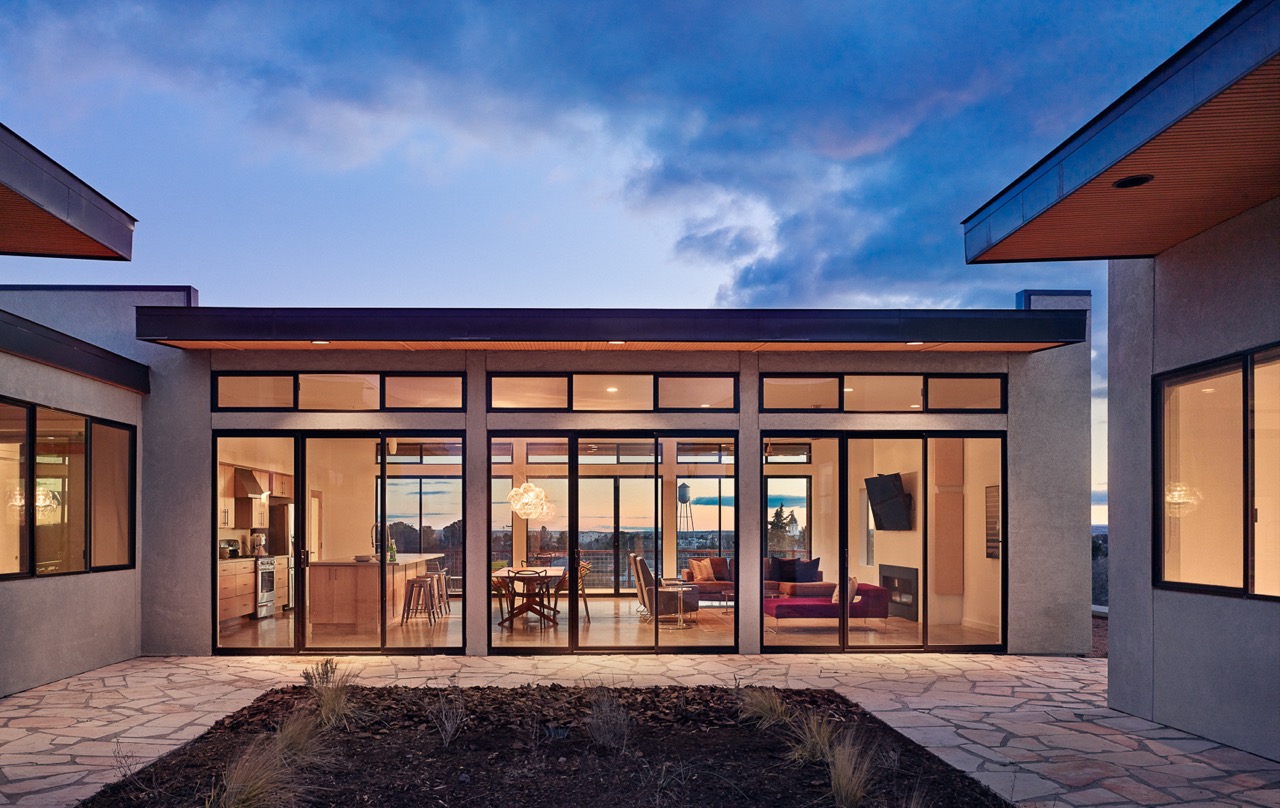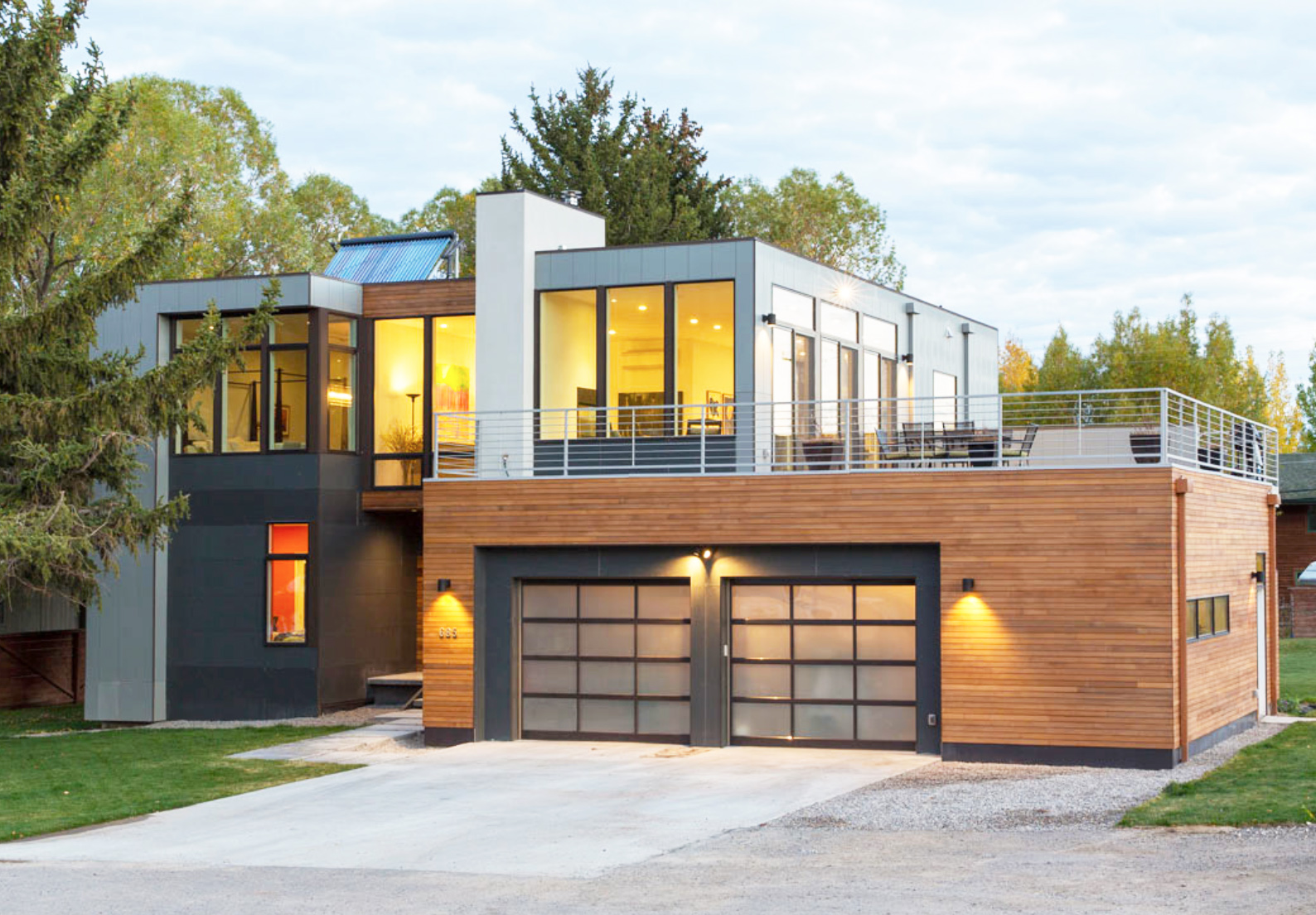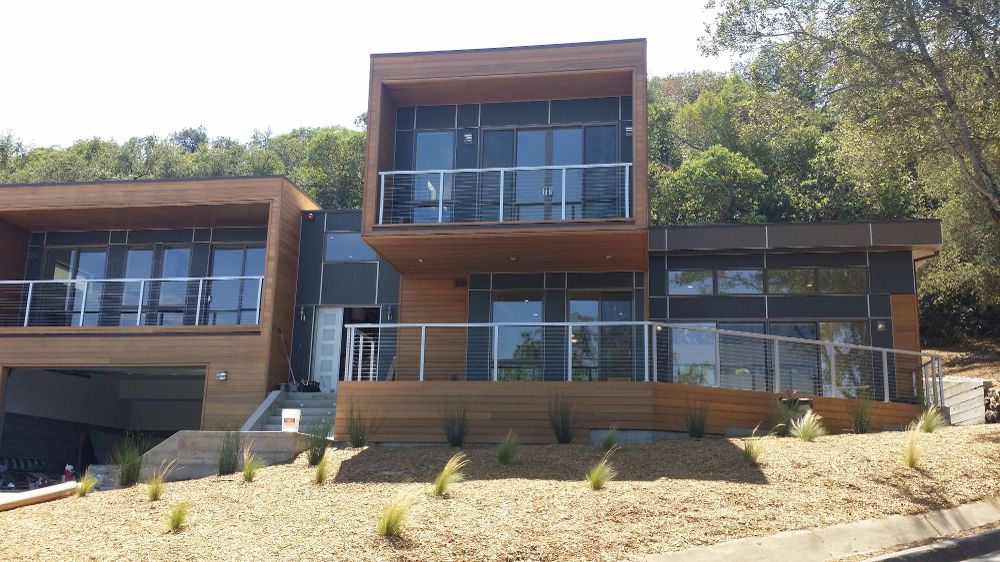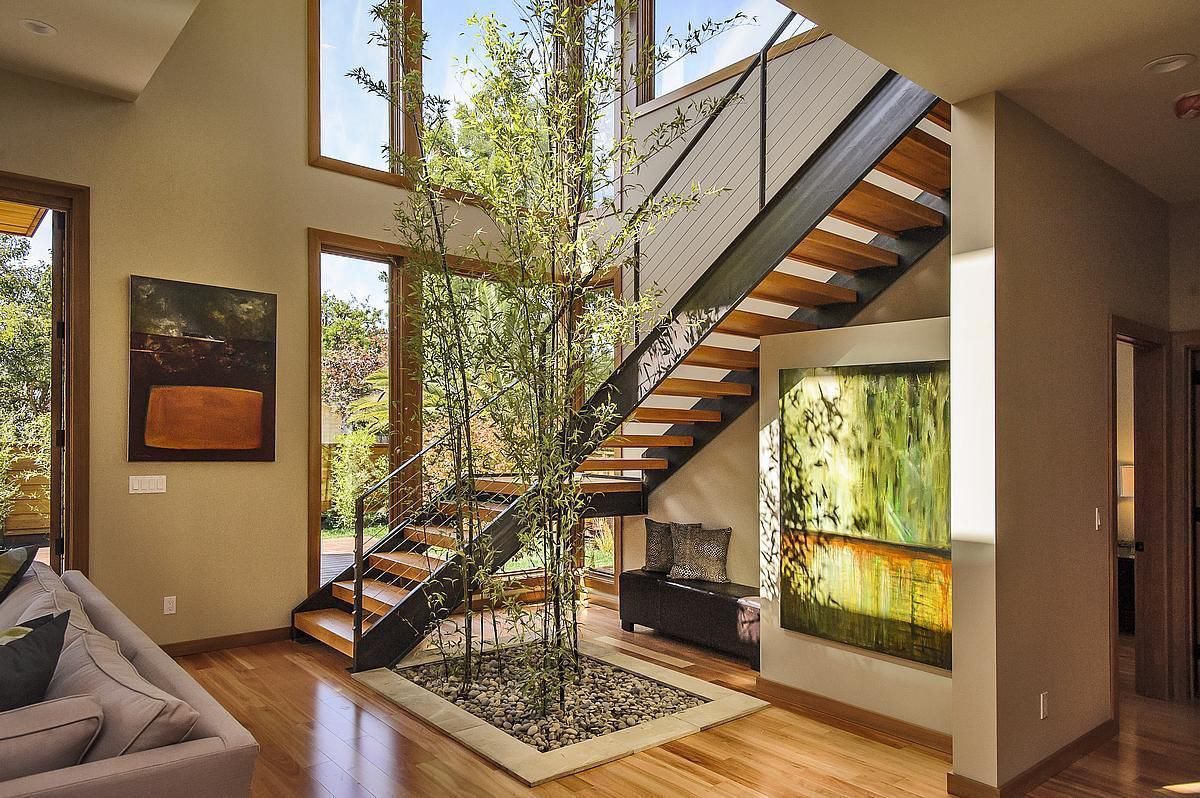Guide to Buying A Prefab House

We started Prefab Review because we went through the process of trying to learn about and buy a prefab house and getting educated was a real pain. The goal of this guide and our greater site is to make getting smart about the industry and making a savvy decision faster and easier. Hope you enjoy it!
Why Buy A Prefab House
There are a few reasons that buying a prefab home might be a good choice for you:
Aesthetics - you like the aesthetics of the home designs
Energy Savings - you’re looking for a strongly insulated environmentally friendly that will save you money on energy bills
Speed of Construction - Prefab homes are typically built faster and are also built inside a factory (which means whether is not a factor)
Price - In expensive markets (San Francisco, New York, etc.), the cost of building high quality new construction with prefab is often 20-50% less than comparable quality new stick built homes
Less Waste - by building a home in a factory, you cut down on the amount of supplies wasted significantly (up to 50%)
Finding Land
If you’re looking to buy a lot that you’ll then build a prefab home on, you’ll likely either be buying raw land or a home that you teardown. Either way, here are the key things to consider:
Is there a flat place to build?
Custom designed prefab homes can be built on significant slopes, but most prefab homes cannot be built on challenging slopes without a substantial increase in site costs. The image on the left is an example of a steeply sloped lot while the image on the right is a normal flat lot.
Does the property allow for the size home I want to build?
Many towns have limits on the size home you can build on a lot or set back requirements, so make sure you can build the home you want.
Is the property priced appropriately for my project goals?
Typically, most buyers want to have the price of land plus the price of constructing a prefab home equal or less than the price of a buying a similar quality already built home on the MLS.
Is there a complex design review process in the town?
If there is, review the town or county building plan, and particularly make sure the style and timing of review and approval is consistent with your desires and timing. You can typically quickly learn the zoning and design review procedures by calling the town’s building department and providing the property address or APN#.
Selecting a Prefab House Design
Choose between an already designed home plan or a custom designed home.
If you can find a an already designed plan that you like from a credible manufacturer, then this will likely be less expensive. Typically, if you have a normal flat lot and want to build a home 3500 sqft, you have a lot of good options.
If your lot or ideal lot is on a complicated (i.e. heavily-sloped) lot, is a tight (smaller than 3000 sqft) urban lot and requires an integrated garage, or if you want to build a very large home (4,000 sqft+), then the already designed prefab options are limited
Other key criteria decision (beyond basics like the availability of a design in your area, the aesthetics, size, and price)
Do you want a green home?
Certain manufacturers specialize in building highly energy efficient homes include net-zero homes and homes to the passive house standards.
How many different parties do you want to work with?
Some prefab manufacturers also do all your construction, others have a network of local builders, others require you to hire the builder. Finally some prefab manufacturers only build the shell (outside of the house) which means you have the freedom or obligation depending on how you look at it to fully customize the interior of the home.
Do you have special weather requirements?
Some homes are specially constructed to be hurricane proof or handle large snow loads.
What you should expect to pay
Overall costs for prefab homes are somewhat variable based on geography as the cost of the site work varies a lot based on the cost of the cost of labor
Typical ranges for the cost to build prefab (all-in) which is the cost of everything except the land are $150 - $600, with the cost for high end homes in expensive areas (e.g. San Francisco Bay Area) typically in the $400 - $600 per sqft. As a benchmark, this is not the cheapest solution, but prefab is typically good value for the quality in expensive areas of the country.
Getting a loan
Getting a loan for a prefab home is pretty similar to getting a loan for any new construction project. If like most people, you’re not planning to buy your home “all-cash”, then frequently you’ll likely get either:
● a construction loan - a short term loan that you then refinance out of post-construction or
● a temp to perm loan - a construction loan for the period of the construction that then converts to a normal mortgage post the house being finished. The advantage of these loans is you only have one mortgage close vs. two with just a construction loan.
Other stuff to be aware of that relates to financing:
● These loans often allow you to finance both the purchase of the land and building and finishing of the home
● The construction loan portion of these products is typically “interest only” meaning you only pay interest, and don’t pay back principal. You also only pay interest on the amount drawn
● The underwriting and approval process on these loans can be lengthy (60+ days) as the bank is not only underwriting you as a borrower, but also the viability of your building plans
● To get land in a more expedited process, buyers will often pay cash for the lot for their project and then the lender will credit the land purchase as a down payment percentage on the purchase
● Many of the best lenders for these products are regional and specialize in new construction lending, so contact us if you’d like recommendations
ADU / Tiny home financing
If you’re looking to purchase an ADU (accessory dwelling unit) or tiny home, then you may want to consider a personal loan:
● Many personal lenders allow you to borrow up to $100k with no down payment
● These loans typically amortized over a shorter period than mortgages (up to 12 years)
● These loans typically don’t underwrite the property all and instead underwrite you as a borrower
● Many of the best personal lenders are online and serve almost the entire country
● The time to get approved for a personal loan is generally pretty fast (as little as a day to up to a couple weeks)
Prefab Homes for Investors
Whether you’re building a prefab home to live in or to develop and sell, you’ll want to feel like the home is a good investment. For many that means buying a lot and building a home for less than they could sell the home for right after it’s finished.
Here’s how that calculation might look on a spreadsheet:
Prefab 101: A glossary of common industry terms and concepts
A prefab home is any type of home that is created largely in a factory. That could mean that the entire home is created and built in the factory or it could mean that the parts are and they the home is assembled on-site
A modular home is a home built using a form of construction where modules are built in a factory and then shipped like shipping crates on the back of a truck to a site. Once on site, they are often assembled together using a crane. These generally have the least amount of site work necessary, but they tend to be a bit more constrained with respect to all the achievable shapes and designs.
A panelized home is a prefab home where the panels are constructed in a factory but they are assembled together on-site. They require more on-site work than a modular homes, but can typically have a wider variety of shapes and sizes.
A Kit Home is a home where most or all of the parts are prefabricated in a factory and then sent to the site to be constructed. Some kit homes manufacturers help you build the home while others require you to build the home yourself or hire your own contractor.
A prefab shell - there are manufacturers who only build the outside of the home, also referred to as the shell, or the outside of the home and the interior walls, and then the buyer is responsible for designing and finishing the inside.
SIPs - SIPs stands for structural insulated panels. They are highly insulated way of building walls that is used by many prefab builders to achieve higher rates of insulation and resultant energy savings.
Site costs - site costs are all costs that are specific to the building the home on the site. These vary a lot based on the cost of labor, and how finished the home is when it gets to the lot. At minimum, they usually include building the foundation for the home and connecting the home to utilities.
Net-zero Home - these are homes that create as much energy as they consume. They typically do this by being pretty well insulated and having a solar energy system on the roof that generates energy. As of 2020, all new residential construction in California will have to be Zero Net Energy.
